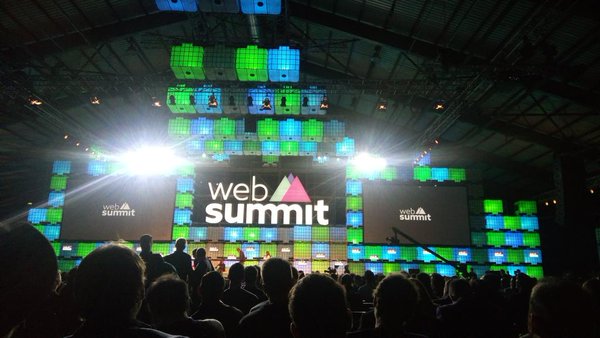Grown
from the 400 attendees five years back to the current 22000 tech
enthusiasts, the Web Summit 2015 continues to deliver innovative ideas
and fascinating thoughts to the tech world gathered at the bustling RDS
venue, Dublin.
Cars
and technology took the center stage on day 2. Augmented reality,
Virtual Reality, Drones, and Wearables were also some of the key
highlight topics that seized the audience attention on day 2. Check out
some of the most interesting tech talks from day 2 at Dublin. Ford chief
executive Bill Ford, pointed out the promising intersection between
cars – an industry that has been “revolution- resistant for a hundred
years” - and technology. He added that Ford is redefining itself as a “mobility company”
with an interest in autonomous driving, net-connected cars along with
data collection and analytics. Sean Rad of Tinder, the CEO of location-
based dating app highlighted about the data that drives it and the
future of the platform. On a lighter note, he added that the Irish user
base was extremely active on the app.
The
most exciting part of day 2 was the live demonstration of a drone that
flew into the center stage by Randy Braun of DJI- a World Leader in
Camera Drones/Quadcopters. The tech enthusiasts including me curiously
heard that DJI along with Humanitarian UAV Network uses their drones or
Unmanned Aerial Vehicles UAV’s for a wide range of humanitarian and
development settings. Google showcased its famous virtual reality
platform ‘Google Cardboard’, basically a cardboard case for smartphones
that works in conjunction with compatible apps for projecting 3D images
or videos. The wonders of the virtual reality did not ended with
Google’s Cardboard. Columbian company Protesis Avanzadas showcased a 3D
robotic prosthetic hand, an affordable multifunctional prosthetic hand
that can replicate many of the grip patterns of the human hand, in the
summit center stage. The Head of Adtech at Facebook, Dave Jakubowski
took to the Marketing Summit- the state of the industry, FOMO (Fear of
Missing Out) in the digital age.
All
the tech talks surrounding Virtual Reality, Augmented Reality and
Machine Learning reminds us that we are swiftly moving into an age of
transformation, where the bridge between the digital and the real world
slowly blurs out. All these technology advancements also hold the great
potential to redefine the existing business models. As a part of a digital transformation
company Happiest Minds, which is strongly focused on the new age
disrupting technologies including IoT, Big Data, M2M Learning, Cloud and
Mobility, I strongly feel that very interesting days are coming ahead
in terms of technology as well as the customer experience.
Anticipating
more exciting and insightful talks and demos from the Web Summit 2015
stage, on the closing day, 5th of November. Stay tuned.






















